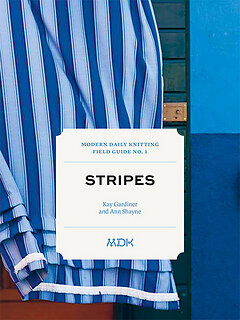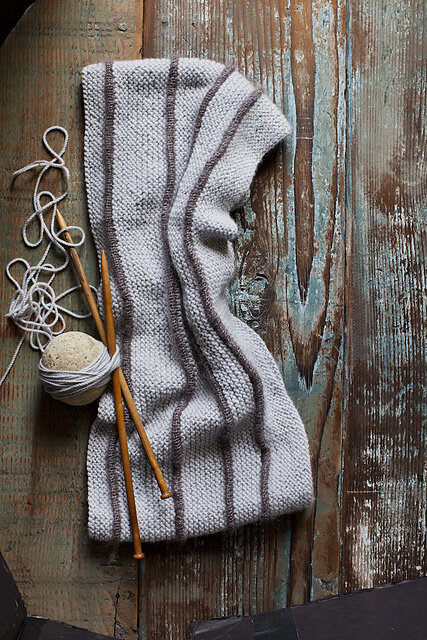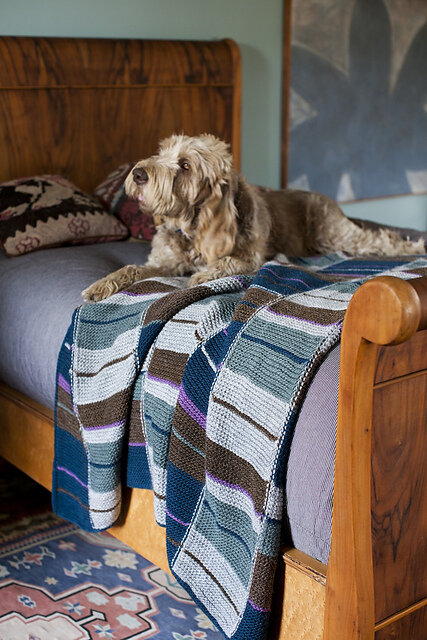MDK Field Guide No. 1: Stripes




MDK Field Guide No. 1: Stripes
Modern Daily Knitting Field Guide No. 1 is all about the stripes: a trio of patterns that play with the way a single line of color can transform a project.
Mary Jane Mucklestone’s Station Wagon Blanket is a brilliantly simple stripe pattern–made in garter stitch blocks, it is perfect for travel or TV knitting.
Antonia Shankland’s Breton Cowl imagines what happens when you combine two of the softest yarns in the world in one delicious loop.
And Ann Weaver, always inventive, makes one brief and bright contrast stripe the star of the show in her Squad Mitts.
All along the way, Kay and Ann share stories, tips, and hints to make it all even more fun. Sara Remington’s photographs are at once epic and intimate, a special sort of inspiration for every knitter.
There's a bit of a back story to the name of these guides...
The two American women, Kay Gardiner and Ann Shayne, who produce these guides run a company now known as Modern Daily Knitting, but up until a month ago the company was called Mason-Dixon Knitting. Ann and Kay were originally pen pals living in Nashville and New York respectively. They chose the name, it seems, to reflect that fact that one lived in the south and the other in the north of the USA.
I confess when I first ordered these guides in June 2020, just after they had changed the company name, I didn't realise the significance of the original name. But comments I saw online made me do a bit of homework. From Wikipedia I discovered that:
The Mason–Dixon line is a demarcation line between four U.S. states, forming part of the borders of Pennsylvania, Maryland, Delaware, and West Virginia (part of Virginia until 1863). It was surveyed between 1763 and 1767 by Charles Mason and Jeremiah Dixon in the resolution of a border dispute involving Maryland, Pennsylvania, and Delaware in Colonial America. It later became informally known as the border between the free (Northern) states and the slave (Southern) states. The Virginia portion was the northern border of the Confederacy. It came into use during the debate around the Missouri Compromise of 1820, when the boundary between slave and free states was an issue. It is still used today in the figurative sense of a line that separates the North and South politically and socially.
Having read this, I can understand the impetus for change and appreciate their choosing to act on it. My stock, however, was printed before the change took place and still carries the old company name. I have added this explanation to the website so that customers are aware of the situation.
